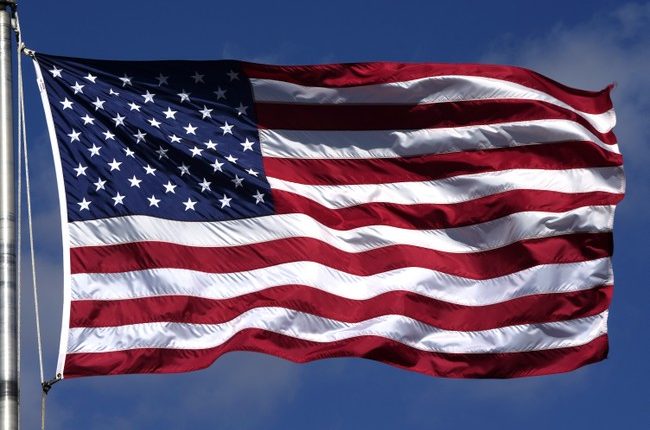Share this @internewscast.com

The American flag wasn’t created in celebration but out of necessity. When the Continental Congress officially adopted it on June 14, 1777, it wasn’t intended for schoolroom displays or Olympic events. It served as a military emblem, a signal to soldiers amid the confusion of battle, indicating the position of their compatriots. It rose amidst the smoke of gunfire, not for show, but for its practical role.
Today, we commemorate Flag Day. This date, June 14th, marks the anniversary of the day in 1777 when Congress formalized our first national flag. At that time, the flag showcased 13 stars, a design credited to Betsy Ross.
Happy #FlagDay pic.twitter.com/ykHh4bv6jZ
— Americana Aesthetic (@AmericanaAesth) June 14, 2023
Jump ahead to the Civil War era. During this period, the flag began to symbolize something greater. It was the color bearer, the person leading with the flag, who became the primary target in battle after battle. He bore not a weapon but the heart of a nation divided. When one bearer fell, another would take up the flag—not out of orders, but out of belief in something beyond personal interest. This is America. This is resilience.
We didn’t start honoring the flag in schools and small towns because Washington told us to. No, it started with a one-room schoolhouse in Wisconsin, where a teacher named Bernard Cigrand had the guts to say, “This matters.” One man. One desk. One belief. From there, Flag Day grew from the ground up—like all great American ideas do.
When President Woodrow Wilson officially proclaimed Flag Day in 1916, and President Truman made it permanent in 1949, they weren’t creating patriotism—they were recognizing it. They were giving a day to a symbol already sewn into our national DNA.
So what does the flag mean today?
This Saturday I will be celebrating flag day. How about you? Are you? pic.twitter.com/s7XQhXkagG
— Dave Bondy (@DaveBondyTV) June 10, 2025
It means freedom—but not the watered-down kind that gets tossed around in soundbites. It means sacrifice. It means millions of men and women who fought, bled, and died under it—from Bunker Hill to Baghdad. It means the mother folding it carefully at her son’s funeral. It means the kid pledging allegiance in a schoolroom his great-grandfather fought to keep free. It means resilience, unity, and unflinching strength—even when the world seems determined to pull us apart.
Democrats are worried about the Army/Flag Day Parade in DC because it’s going to be patriotic with American flags. That’s why.
— Buzz Patterson (@BuzzPatterson) June 12, 2025
Critics say symbols don’t matter. That it’s just a flag. Just fabric.
But they’re very wrong.
The American flag is alive—not literally, of course—but in the way it moves people. It moves soldiers to stand tall. It moves citizens to tears. It moves generations to remember that liberty isn’t guaranteed—it’s earned. And when we raise that flag, we’re saying: we still believe in this country. Flawed? Sure. But also free, proud, and unbreakable.
This Flag Day, let’s do more than hang a flag. Let’s honor what it stands for. Let’s remember the grit and glory that built this nation. Let’s pass that fire to the next generation—because as long as that flag flies, so does the American spirit.
And that, my fellow Americans, is something worth celebrating.

















